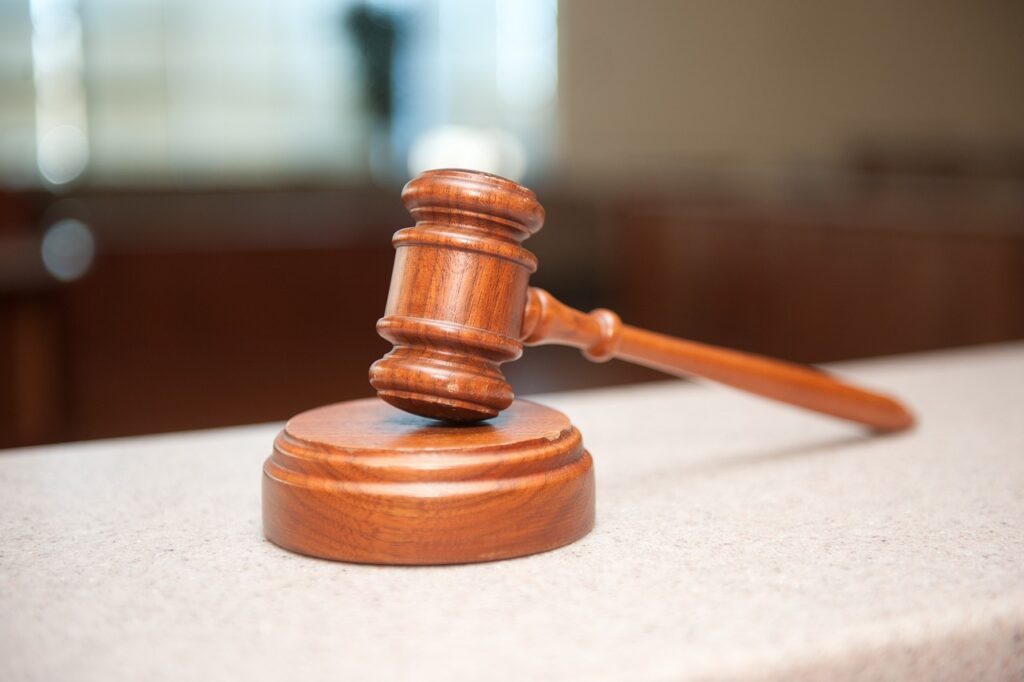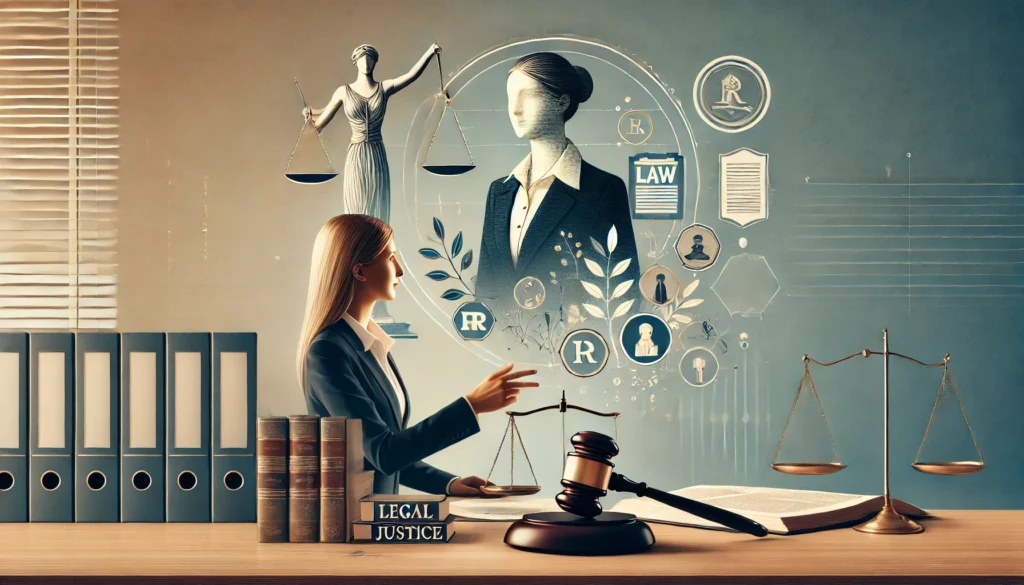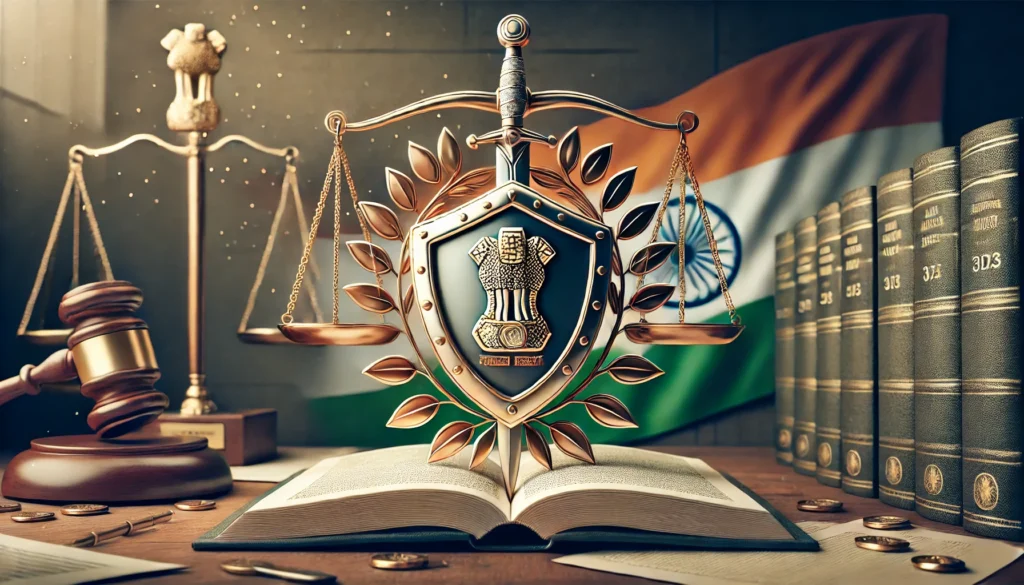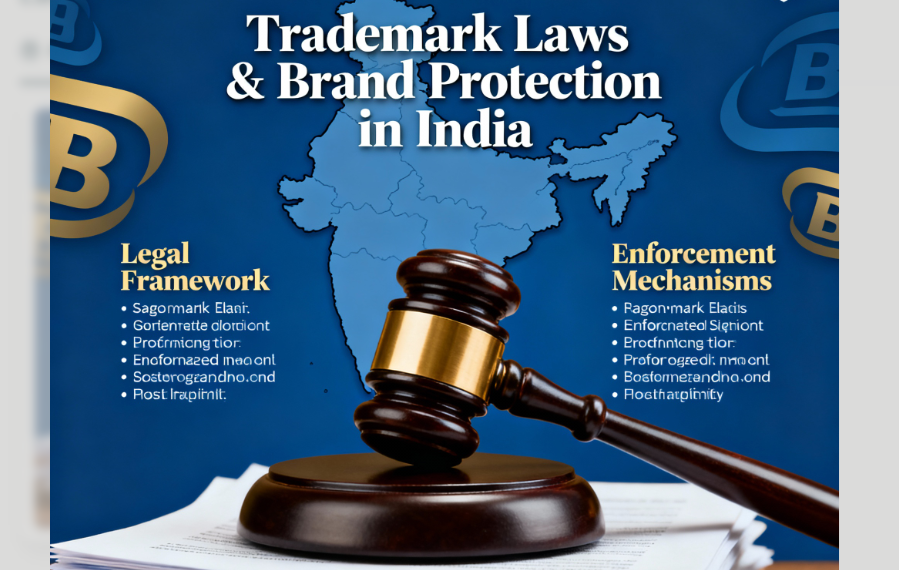Published On: October 4th 2025
Authored By: Kanaklata Singh
Hemvati Nandan Bahuguna Garhwal University SRT Campus uttarakhand
ABSTRACT
Freedom of speech and expression guaranteed under Article 19(1)(a) of the indian constitution, is fundamental to democracy but subject to reasonable restrictions under Art 19(2) to protect public order, morality and prevent incitement . The rise of online discourse, political rhetoric, and religiously charged commentary has sharpened the debate over the fine line between free speech . This paper examines india’s constitutional and statutory framework, alongside landmark cases such as Shreya Singhal v. Union of India , Amish Devgan v. Union of India , and recent 2024-25 rulings . It addresses challenges like vague legal definitions , selective enforcement, and the misuse of Laws. Drawing on comparative international models, the study advocates for clear legislation, judicial safeguard, and public awareness to effectively curb hate speech while preserving democratic freedoms.
INTRODUCTION
In 2023 alone, India witnessed over 15,000 reported incidents linked to hate speech , many fueled by social media platforms reaching millions within seconds. Freedom of speech enshrined in Art 19(1)(a) of the constitution remains fundamental to democratic participation. Yet, this freedom comes with limits under Art(19)(2) , which permits reasonable restrictions to protect public order , morality and prevent incitement to violence.
The digital era has dramatically expanded the scope and speed of communication, blurring the line between free expression and hate speech . Recent judicial interventions including landmark decisions in Shreya Singhal v. Union of India and evolving rulings during 2024-25 highlight the judiciary’s struggle to maintain this delicate constitutional balance. However, the absence of clear statutory definitions and uniform enforcement creates challenges, risking both social discord and the suppression of legitimate dissent.
This paper examines India’s constitutional framework, key judicial pronouncements, and comparative international approaches to propose a balanced legal and policy response that preserves democratic freedoms while effectively addressing the dangers of hate speech in the modern age.
WHAT IS HATE SPEECH IN INDIA?
Hate speech in India involves words or actions that promote hatred or discrimination based on religion, caste, ethnicity, gender, sexual orientation, or politics. India’s diverse society makes it vulnerable to such speech, which can increase tensions between communities.
This type of speech encourages violence and discrimination and threatens democracy and human rights. If ignored, hate speech can lead to conflict and hate crimes, harming social harmony.
LEGAL FRAMEWORK IN INDIA FOR HATE SPEECH AND FREE SPEECH
India’s legal framework on hate speech is fragmented across multiple statutes, with no single, uniform definition of the term. This dispersion allows for subjective interpretation and, at times, selective enforcement. The provisions addressing hate speech are spread across general criminal law, electoral regulations, and specific legislations targeting specific contexts and communities.
The Bhartiya Nyaya Sanhita, 2023 (BNS), set to replace the Indian penal Code (IPC) incorporates and renumbers several ipc provisions with modifications. Sec.196 penalizes promoting enmity between groups, Sec. 197 addresses prejudicial assertions against national integration, Section 298 punishes deliberate acts intended to outrage religious feelings, Sec354 criminalizes statements fostering communal hatred, and Sec 356 replaces the Sedition law (124A) by focusing on acts threatening the sovereignty, unity, and integrity of india.
Complementing the criminal law framework, the representation of the people act,1951 tackles hate speech in the electoral sphere. It disqualifies convicted offenders under Sec 8, prohibits appeals based on religion or caste under sec 123(3) and 123(3A), and criminalizes promoting enmity during elections under Sec 125. Special legislations like the SC/ST (Prevention of atrocities) Act, Protection of Civil Rights act , UAPA, IT Act, Cable TV Networks Act, and Cinematograph Act extend this regulation to caste-based abuse, online and broadcast content, and speech supporting unlawful activities. Together, these laws attempt to balance the right to free expression under Article 19(1)(a) with the reasonable restrictions permitted under Article 19(2).
JUDICIAL EVOLUTION : LANDMARK PRECEDENT
Indian judiciary on hate speech unfolds through a series of landmark rulings that both affirm the sancity of free expression and delineate its boundaries when societal harmony is at stake. The journey begins with Romesh Thappar v. State of Madras (1950), where the supreme court declared free speech the foundation of democracy, permitting limitations only to uphold public order. In Kedar nath Singh v. State of Bihar (1962), the court refined sedition’s ambit, restricting it to expressions inciting violence. Later, in S.Rangarajan v. Jagjivan Ram (1989), It developed the “proximate and direct nexus” test asserting restrictions are valid only when speech leads directly to public disorder.
Fast forwarding Pravasi Bhalai Sangathan v. Union of India (2014) recognized hate speech’s corrosive social impact urging legislative clarity thogh refraining from prescribing rigid guidelines. Soon after, In Shreya Singhal v. Union of India (2015) and Mouthshut.com v. Union of India (2015), the Supreme Court struck down the vague Section 66A of the IT Act and defined intermediary liability, safeguarding online expression and emphasizing a threshold of incitement for valid restriction.
More recent rulings demonstrate a sharpened judicial resolve. In Mohammed Zubair v. State of Uttarakhand (2021), the court affirmed that hate speech threatens India’s secular core and directed suo moto FIRs even without formal complaints. In Amish Devgan v. Union of India (2020), the court highlighted that hateful speech lacks any redeeming expressive value and in another case Patricia v. State of Meghalaya (2021), criticism devoid of incitement was not classified as hate speech.
Building further Shaheen Abdulla v. Union of India (2022) mandated proactive registration of hate speech cases and warned against selective enforcement. From 2024 onward, judicial scrutiny intensified Kunal Kamra v. Union of India (2024) struck down a government fact check unit for chilling speech. The supreme court in november 2024 declined to issue broad hate speech guidelines, underscoring contextual adjudication; and in march 2025, it quashed charges against a professor criricsl of article 370’s revocation affirming democratic dissent.
Most recently, In May 2025 the supreme court unequivocally stated that hate speech is not a fundamental right and may be lawfully curtailed. The judiciary’s stance aligns with conviction in the Abbas Ansari hate speech sentencing, where the court decried the use of hate speech by public officials and stressed by public officials and stressed the demoralizing impact on communal harmony.
THE CHALLENGES OF DEFINING HATE SPEECH
It is important to address the challenges by a forward thinking approach . In India, the fight against hate speech is hampered not by the absence of laws, but by the absence of a precise definition. Below are some of the reasons mentioned that could ensure the gap:
- No Clear Statutory Definition
India does not have a single, precise legal definition of “hate speech” across statutes. Provisions under the Indian Penal Code (now Bharatiya Nyaya Sanhita), Representation of the People Act, and IT Act address elements of it, but none offer comprehensive clarity. This ambiguity allows varied interpretations for instance, one police station may register a case for a statement, while another might dismiss it as mere opinion.
- Law Commission’s 267th Report (2017)
The Law Commission noted that an overbroad definition could curb legitimate political dissent or satire, while a narrow one may fail to capture harmful speech. It recommended criminalizing only speech that incites violence or creates a climate of fear, aligning with international standards. However, these recommendations remain unimplemented, leaving a legal vacuum.
- Judicial Observations
In Shreya Singhal v. Union of India(2015), the Supreme Court struck down Section 66A of the IT Act because its vague wording criminalized anything “grossly offensive” without defining it. The Court emphasized the difference between discussion, advocacy, and incitement, ruling that only incitement could justify restriction under Article 19(2). This shows how undefined terms can have a chilling effect on free expression.
- Constitutional Balancing
Any definition must balance Article 19(1)(a) (freedom of speech) with the grounds for reasonable restrictions under Article 19(2)such as public order, decency, and morality. For example, criticism of a religion is protected speech unless it crosses into incitement of violence, as clarified in Balwant Singh v. State of Punjab (1995).
- Enforcement Issues
Even with existing provisions, proving intent to incite violence or hatred is difficult. Many FIRs fail to translate into convictions due to weak evidence, as seen in cases where courts have granted bail citing lack of direct provocation (e.g., Calcutta HC, June 2025, social media hate speech case).
GLOBAL PERSPECTIVE AND CASE LAWS ON HATE SPEECH VS FREE SPEECH
With the growth of Hate speech Globally, the balance between free speech and hate speech reflects each nation’s political philosophy, history, and social priorities. So, It is important to understand the stand of countries in this regard with the help of case law.
- United States
the First Amendment offers one of the broadest protections for free expression in the world, safeguarding even deeply offensive or hateful remarks unless they amount to direct incitement to imminent lawless action, as established in Brandenburg v. Ohio (1969). The underlying belief is in the “marketplace of ideas,” where harmful speech should be met with counter-speech rather than legal suppression.
- Germany
They adopts a historically sensitive approach. While Article 5 of the Basic Law guarantees free expression, it explicitly limits it to protect human dignity and public order. Sections 130 and 86a of the German Criminal Code criminalize Holocaust denial, Nazi propaganda, and incitement to hatred. This legal framework stems from the nation’s post World War II commitment to ensuring that democratic values are not undermined by extremist ideologies.
- Canada
It strikes a more moderate balance. Section 2(b) of the Charter of Rights and Freedoms protects freedom of expression, but Section 319 of the Criminal Code prohibits the willful promotion of hatred against identifiable groups. The Supreme Court, in R v. Keegstra (1990), upheld these restrictions, emphasizing that safeguarding vulnerable communities from harm and maintaining social cohesion can outweigh the absolute right to offend.
SUGGESTIONS AND REGULATIONS FOR HATE SPEECH IN INDIA
- Enact a Clear Hate Speech Law
India needs a dedicated law that clearly defines hate speech to avoid ambiguity in existing scattered provisions. A well-defined legal framework will help target genuinely harmful speech without infringing on legitimate freedom of expression.
- Use Intent and Severity Tests
Laws should focus on the intent behind the speech and the severity of its impact. Only speech aimed at inciting imminent violence or hostility should be punishable, ensuring that free speech and open debate are not stifled by overly broad restrictions.
- Tighten Election Speech Rules
Election periods often see increased communal and divisive rhetoric. Strengthening laws that regulate hate speech during elections will promote fairer campaigns centered on policy rather than identity politics.
- Hold Digital Platforms Accountable
Social media companies should be required to remove hate speech promptly, but there must also be transparent appeal and review processes. This balance will prevent both the spread of harmful content and the risk of unjust censorship.
- Encourage Education and Counter-Speech
Legal measures alone are insufficient. Public education on media literacy and encouraging respectful dialogue can effectively combat the social and cultural roots of hate speech, fostering harmony and resilience against divisive narratives.
CONCLUSION
Balancing the fundamental right to free speech with the imperative to prevent hate speech remains a complex and evolving challenge in India. While free expression is vital for democracy, unchecked hate speech threatens social harmony and public order. A clear legal framework, coupled with thoughtful judicial interpretation, responsible digital governance, and proactive public education, is essential to navigate this delicate balance. By adopting precise laws and promoting inclusive dialogue, India can protect both individual freedoms and communal peace, strengthening its democratic fabric in the process.




